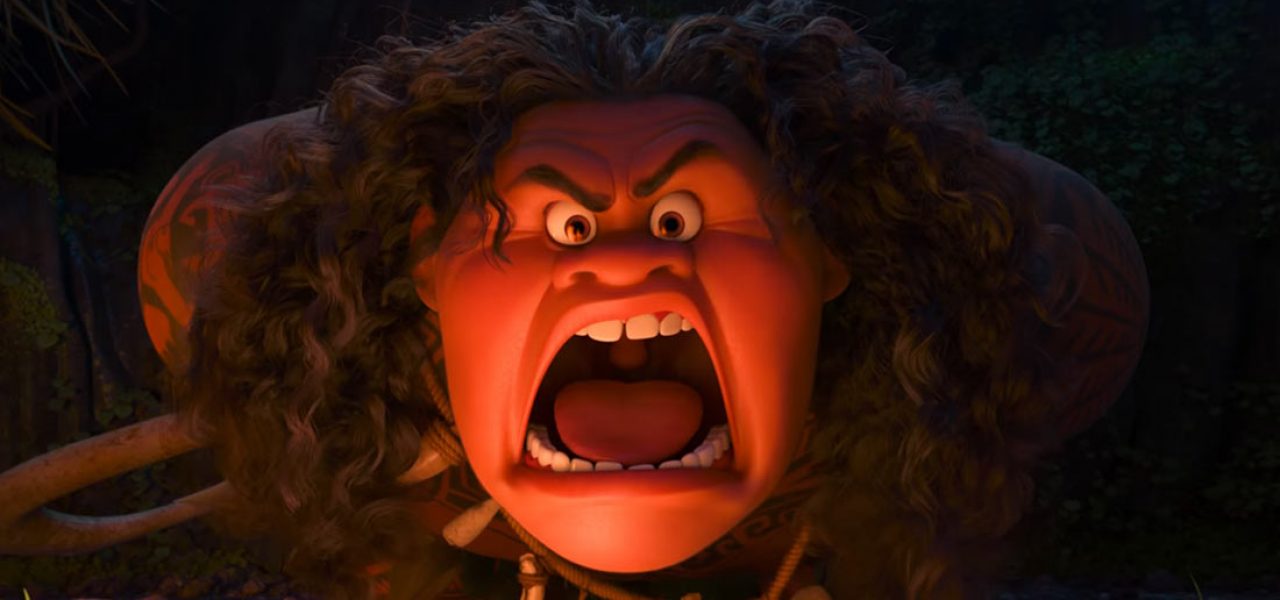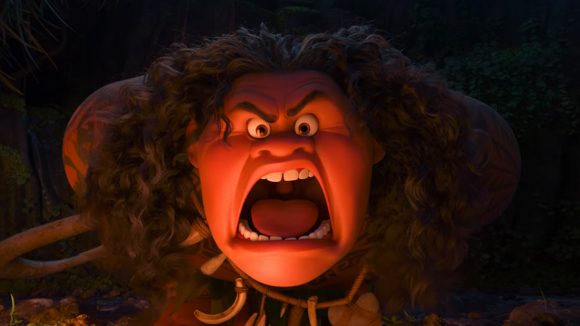

Disney and Dreamworks Have Come Up With A New, Kooky Reason Why Wage-Theft Lawsuit Is Invalid
Disney, Disney-owned Lucasfilm and Pixar, and Dreamworks Animation have come up with a novel tactic to try and dismantle the wage theft lawsuit brought against them by animation industry employees. The simple version of Disney and Dreamworks’ argument: certain animation artists had been aware for years that their was an alleged conspiracy against them, thus they shouldn’t have to pay damages to all of the approximately 10,000 animation industry employees who are suing.
Here’s the long version: On May 25, the federal district court presiding over the class-action antitrust case filed by plaintiff animation and digital artists Robert Nitsch, Jr. Georgia Cano, and David Wentworth against several leading animation studios certified the class definition of the artists that will be covered under any ruling in the case. Under Judge Lucy Koh’s ruling, that class who will be eligible to participate in the lawsuit is the following:
“All animation and visual effects employees employed by defendants in the United States who held any of the jobs listed in Ashenfelter Reply Report Amended Appendix C during the following time periods: Pixar (2004–2010), Lucasfilm Ltd., LLC (2004–2010), DreamWorks Animation SKG, Inc. (2004–2010), The Walt Disney Company (2004–2010), Sony Pictures Animation, Inc. and Sony Pictures Imageworks, Inc. (2004–2010), Blue Sky Studios, Inc. (2005–2010) and Two Pic MC LLC f/k/a ImageMovers Digital LLC (2007–2010). Excluded from the Class are senior executives, members of the board of directors, and persons employed to perform office operations or administrative tasks.” [Note: The Ashenfelter Reply Report referred to in the definition is currently under seal and unavailable to the public.]
The plaintiffs sought to expand the class to include those artists who worked at Pixar and Lucasfilm from 2001-2003, and to those artists who worked at DreamWorks in 2003. However, for procedural reasons, the court ruled that it would be inappropriate to expand the class at this time, but left it open for future expansion.
By the end of last week, however, Disney and Dreamworks had appealed the certification to the Ninth Circuit Court of Appeals. In their appeal, the studios reminded the court that the entire case had been thrown out last year by Judge Koh on statute of limitations grounds—that is, that Nitsch, Cano and Wentworth filed their lawsuit too many years after the allegedly illegal behavior of the studios took place. Koh only let the case go forward once the plaintiffs showed that the studios may have fraudulently concealed their activities. (As part of the prior settlement with the plaintiffs, Blue Sky Studios, Sony Pictures Animation, and Sony Pictures Imageworks have already agreed to not challenge the class certification sought by the plaintiffs.)
But the studios now argue that even if they concealed their actions, many artists—those who would be part of the certified class—knew about the alleged conspiracy among the studios. The studios point to emails between Pixar employees—one of whom would be a class member—referring to a “gentleman’s agreement” between Pixar and another studio.
They also point to a 2006 meeting between Disney animation employees and the studio’s “president”—presumably, Ed Catmull—in which the president reportedly admitted to a non-poaching agreement among the studios. There is also a meeting between Pixar’s general manager and several interns that mentioned the “gentleman’s agreement,” and that Pixar uploaded the video of the meeting to the company’s intranet, available for all employees to see (and thus learn of the alleged conspiracy).
The studios refer to blog posts (including those made by the Animation Guild Blog), additional meetings, and other evidence, all arguably indicating that a substantial number of artists who make up the certified class had knowledge of the allegedly fraudulently concealed conspiracy.
And if they had knowledge of it, then that knowledge voids any concealment defense to the statute of limitations. In layman’s terms, any Disney, Pixar, Lucasfilm, or Dreamworks employee who had knowledge that they were being screwed by the studios should not be eligible to be a part of the lawsuit.
Judge Koh, in her certification ruling, addressed some of these concerns, pointing out that, for example, three months after being uploaded onto Pixar’s intranet, the video referencing the anti-poaching agreement had been edited to delete references to the agreement, and then re-uploaded. Judge Koh found much of the studios’ evidence of prior knowledge too general, that the information may have been available generally, but specific instances of knowledge were too few to warrant a limited class certification, and pointed out that the studios can later raise individualized statute of limitations defenses against specific class members.
The studios were obviously unconvinced, and now appeal to a higher court. No ruling from the Ninth Circuit is expected for several weeks. Until then, the class of artists covered by the lawsuit will remain in limbo.

.png)